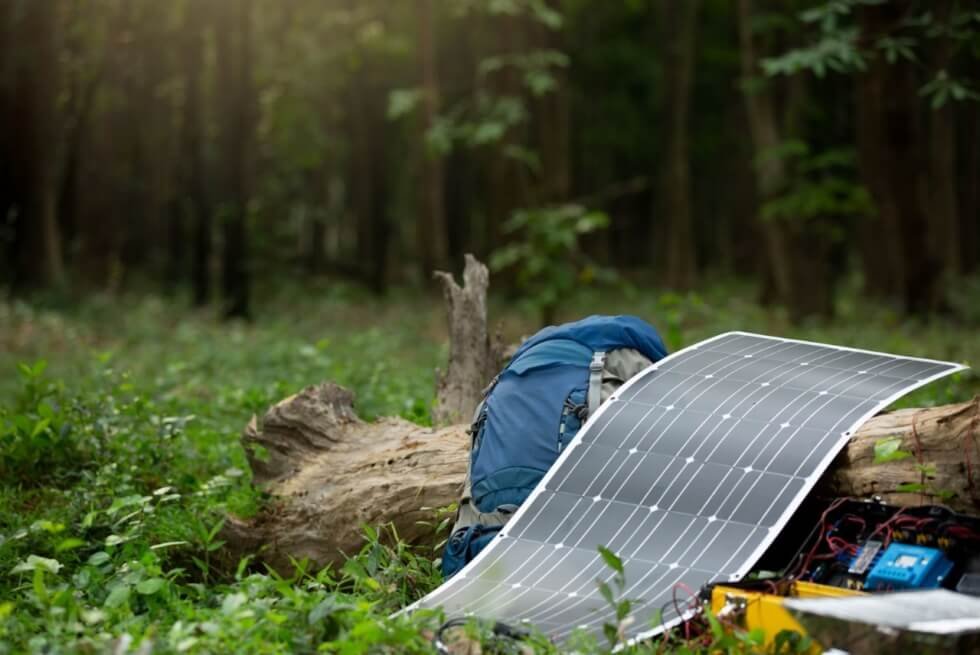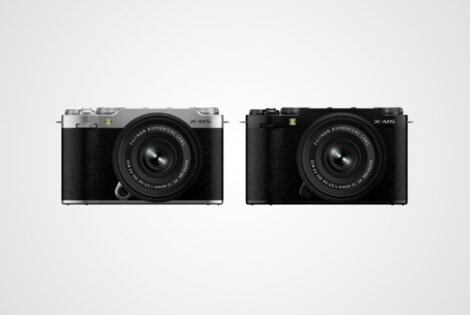Solar panels, the cornerstones of renewable energy, have experienced massive innovation over the past decades. With the growing emphasis on sustainable energy sources, understanding the diverse options available in solar technology is more important than ever. Whether for a business, a residential building, or an off-grid application, the choice between traditional and flexible solar panels can significantly impact the project’s efficiency, cost, and overall feasibility.
Shifting towards a sustainable future underscores the need for well-informed, eco-friendly decisions. Selecting an appropriate solar panel type is pivotal for enhancing energy output, diminishing environmental impact, and deriving noteworthy economic benefits. This article discusses the structural, operational, and environmental aspects of both flexible and traditional solar panels.
Construction And Design
Traditional solar panels, often referred to as rigid panels, are commonly constructed with a series of silicon cells encased in a protective glass cover and fortified by a sturdy metal frame. Wiring is intricately intertwined, facilitating the seamless flow of electricity from the silicon cells. While these elements bestow structural integrity and resilience to the panels, they also contribute to increased weight and restrict flexibility.
On the other hand, flexible solar panels are designed for flexibility and lightweight application. They use thin-film solar cells that are more malleable and embedded in flexible substrates such as plastic, metal, or paper. Their thin, bendable design makes them suitable for various applications where traditional panels might be unsuitable.
Efficiency And Performance
In terms of efficiency, traditional solar panels typically outperform their flexible counterparts. Silicon-based rigid panels have higher efficiency rates, often up to 20%, due to their crystalline structure that can absorb more sunlight.
Flexible panels, while less efficient, usually ranging between 10% and 12%, offer other advantages like adaptability to low-light conditions and higher performance in high-temperature environments. Their performance, however, depends largely on the angle of sunlight and can be less predictable compared to rigid panels.
Installation And Maintenance
When it comes to installation, flexible solar panels hold a significant advantage. Their lightweight and malleability make them easy to install on various surfaces, including curved or irregular structures. This flexibility opens up a wide array of potential applications for these panels.
Due to their weight and size, rigid panels require sturdy support structures for installation, making the process more complex and costly. However, once installed, traditional solar panels often demand less maintenance due to their durability and resistance to environmental factors.
Durability And Lifespan
The sturdiness of traditional solar panels translates into longevity. With a lifespan often exceeding 25 years, rigid panels provide a reliable long-term investment for those prioritizing durability. These panels are designed to withstand harsh weather conditions, making them ideal for areas with severe environmental factors.
Flexible solar panels, while more susceptible to wear and tear, offer a unique resilience to wind and minor impacts due to their bendable design. Their lifespan, however, is typically shorter, about 10 to 15 years, making them a less suitable option for long-term projects but ideal for temporary or mobile setups.
Cost Implications
Costs are a significant consideration in choosing between traditional and flexible solar panels. Traditional panels, while having higher upfront costs due to expensive materials and installation, may offer a better return on investment due to their higher efficiency and lifespan.
Conversely, flexible panels have lower initial costs and can be a cost-effective solution for applications that require lightweight and easy installation. However, their lower efficiency and shorter lifespan may lead to higher costs in the long run.
Environmental Impact
Both types of panels contribute to reducing carbon emissions by harnessing renewable energy. However, the production process for traditional solar panels is more energy-intensive and results in more carbon emissions than flexible panels.
The manufacturing process of flexible solar panels is less resource-intensive, making them a more environmentally friendly option. Yet, their shorter lifespan means they may need to be replaced more frequently, contributing to electronic waste.
Ideal Applications
With their high efficiency and durability, traditional solar panels are ideal for fixed installations like rooftops, solar farms, and commercial buildings. They are a go-to choice for applications requiring high power output and longevity.
In contrast, flexible solar panels are ideal for portable applications like RVs, boats, backpacks, or temporary setups. Their ability to conform to curved surfaces and lightweight makes them a practical choice for off-grid applications, where portability and ease of installation are crucial.
Conclusion
The choice between flexible and traditional solar panels depends largely on the project’s specific needs. With their higher efficiency, durability, and lifespan, traditional panels offer a reliable choice for long-term, fixed installations. Conversely, flexible panels, with their lightweight, adaptability, and easy installation, provide an innovative solution for portable or unconventional applications.
Understanding the differences between these two types of solar panels enables informed decision-making, contributing to the optimization of renewable energy usage in various contexts.







